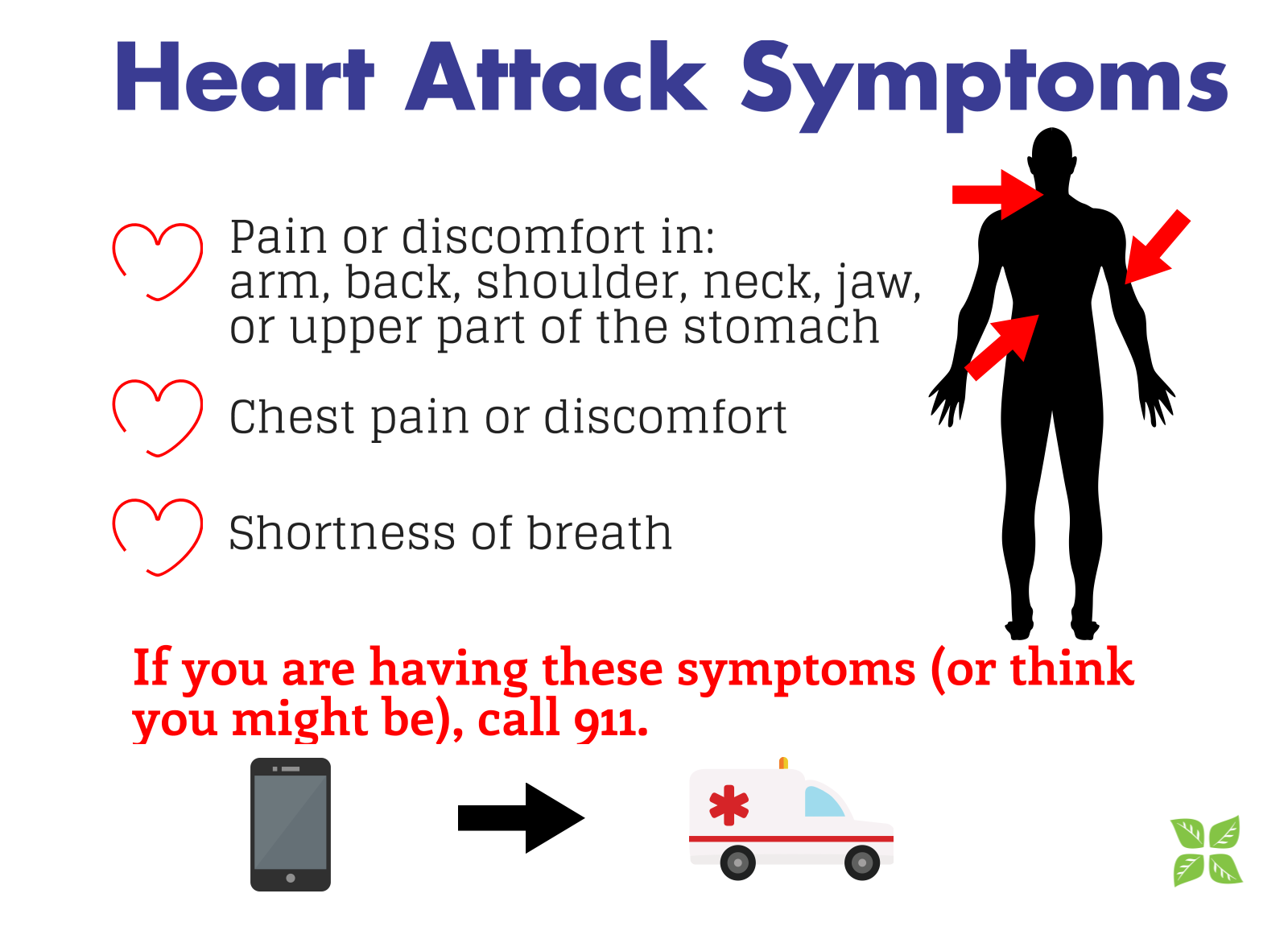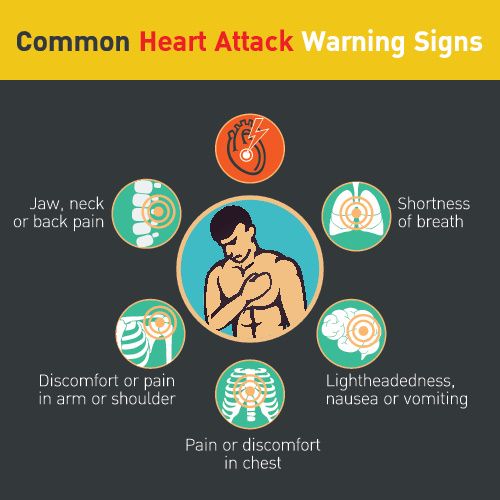
Heart disease and heart failure are systemic cardiovascular diseases. They can affect exercise tolerance, endurance, and quality of life. Heart diseases make it difficult for a person’s heart to keep up with their body’s daily demands.
Heart disease is widespread. It resulted in 859,125 deaths in the United States in 2017, according to the American Heart Association. It also is the leading cause of death globally, with 17.8 million related deaths in 2017. This number is expected to grow to more than 2.2 million by 2030. Heart disease is the world’s leading cause of death each year, taking more lives than cancer and lung diseases combined.
Heart failure affects an estimated 6.2 million Americans older than age 20. This number is expected to increase to affect greater than 8 million adults by the year 2030.
If you have heart disease or heart failure, a physical therapist can work with you to help keep it from getting worse. Physical therapists also can help people reduce their risk for developing heart disease. Working with a physical therapist can improve your:
- Exercise capacity.
- Strength and endurance.
- Overall health and well-being.
Physical therapists are movement experts. They improve quality of life through hands-on care, patient education, and prescribed movement. You can contact a physical therapist directly for an evaluation. To find a physical therapist in your area, visit Find a PT.
What Are Heart Disease and Heart Failure?
Heart disease, also known as cardiovascular disease, is any disease that involves the blood vessels in the heart, limbs, or brain. The term covers:
- High blood pressure.
- Heart attack.
- Heart failure.
- Heart valve problems.
- Peripheral artery disease.
- Stroke.
The primary risk factors for developing heart disease include:
- High blood pressure (hypertension).
- Disease of the coronary arteries (atherosclerosis).
- A history of prior heart attack (myocardial infarction).
- A family history of heart disease.
- Cigarette smoking.
- Physical inactivity.
- Increased body mass index/overweight.
- High cholesterol.
- Diabetes (increased blood sugar levels).
- Age over 45 for men; over 55 for women.

Heart failure is a syndrome that occurs when the heart fails to meet the needs of the body. This means the heart is not functioning as it should. It occurs when the heart is unable to fill with, or pump, blood effectively. As a result, the body does not get the blood and oxygen it needs.
Primary risk factors for developing heart failure include:
- Coronary artery disease due to a buildup of plaque in the arteries of the heart.
- Heart defects inherited or present at birth.
- High blood pressure.
- Smoking.
- Heart valve disease.
- Infection of the heart.
- Obesity increased body mass index.
- Diabetes.
- Certain types of chemotherapy.
- Alcohol and/or drug abuse.
Signs and Symptoms
People with heart disease may not even know they have it. The disease is sometimes "silent." It may not get diagnosed until a person:
- Has a heart attack.
- Experiences heart failure.
- Notices, or a health care provider detects, an abnormal heart rhythm.
A heart attack occurs when the flow of blood to a section of the heart is blocked. This is most often due to coronary artery disease, when plaque builds up on the artery wall. If the blood flow is not restored, that section of the heart can begin to die. Signs and symptoms of a heart attack may include:
- Chest pain or discomfort.
- Pain into the arms, shoulders, neck, jaw, or abdomen.
- Shortness of breath.
- Fatigue.
- Nausea.
- Dizziness.
- Racing heart (palpitations).
If you think you may be having a heart attack, CALL 9-1-1 for emergency medical care.
If you have heart failure, your body may compensate to provide enough blood and oxygen for your vital organs. This can result in increased symptoms over time and worsening disease.
Heart failure symptoms may include the following:
- Fatigue.
- Shortness of breath.
- Lower extremity swelling (edema).
- Pulmonary congestion (fluid in your lungs).
- Decreased exercise tolerance.
- Weight gain due to increased fluid.
How Is It Diagnosed?
A doctor will diagnose your heart disease or heart failure. Your doctor will perform an echocardiogram and a stress test to assess how well your heart is pumping. A physical therapist can evaluate the symptoms of heart disease and heart failure and how they change over time. Your physical therapist can assess how these symptoms affect you and your activity tolerance.
Your physical therapist will perform a thorough evaluation to include:
- Going over your medical history, prior level of function, medicines, and current symptoms.
- Reviewing the tests performed by your doctor with their results.
- A strength and balance assessment.
- Tests to assess your cardiovascular endurance.
- Assessment of physical activity.
(SOURCE of this Article is APTA)